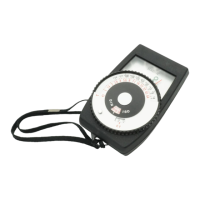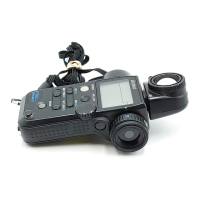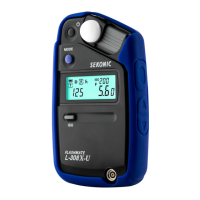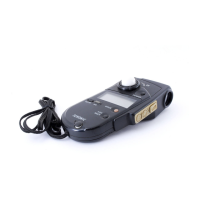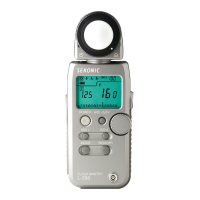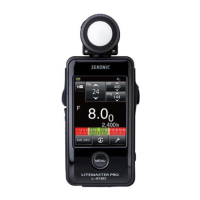COLOR PHOTOGRAPH!
The photographer has to consider several factors, the
quality of the light, the type of film being used and the
composition. You must be guided by the film
manufacturer's recommendations to compensate for
changes in the quality of light relative to the type of
film used. Again, the processing of color film involves
a reversal method which produces different results
from the making of black-and-white print.
In exposing for black-and white pictures, you should
take core in metering the shadows. Shadow detail is
more important for these pictures, the high lights will
look after themselves. The opposite applies far color
transparencies tray special attention to measuring the
highlights of your subject. However do not forget
important shadow parts such as person's face shielded
from the sun. Bracket your exposures, using one half
stop or one full stop changes for important color
photographs.
COPYING
This is usually done with artificial lighting. Generally
the illumination is about the level for the meter to be
used with the cover open where you will of course use
the blue index. Hold the meter window parallel to the
surface of the subject being copied and about six
inches away. Be sure that the meter and your hand cast
no shadow aver the part being measured, Meter several
portions of the subject and adjust your illumination so
that the pointer shows that subject is uniformly lighted.
If your copying is done with a long extension of the lens be sure to make allowance for increase of exposure in
accordance with standard tables based on the image magnification of the subject.

